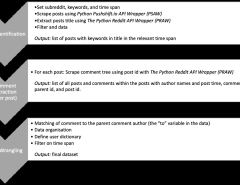Authors: Cristiano Capone, Luca Falorsi, Maurizio Mattia
Published on: April 10, 2024
Impact Score: 7.2
Arxiv code: Arxiv:2404.07150
Summary
- What is new: The research introduces an architecture that mimics rapid behavioral changes in animals and humans, using transformers known for in-context learning, combined with techniques inspired by biological networks.
- Why this is important: Existing models do not align with the rapid timescales of behavioral changes observed in living organisms, as they primarily rely on slower synaptic plasticity mechanisms.
- What the research proposes: A new architecture that integrates aspects of gain-modulated recurrent networks with input segregation and dendritic amplification to enable rapid, dynamic reconfiguration and in-context learning.
- Results: The proposed model displayed superior in-context learning abilities, dynamically adapting to new contexts without the need for substantial parameter changes, closely matching the rapid behavioral adaptability seen in humans and animals.
Technical Details
Technological frameworks used: Transformers, gain-modulated recurrent networks
Models used: In-context learning models
Data used: Comparative psychometry datasets on context-dependent tasks in humans and other species
Potential Impact
Tech companies focusing on AI and machine learning applications in natural language processing and image recognition, educational technologies, and industries requiring rapid behavioral prediction or adaptation.
Want to implement this idea in a business?
We have generated a startup concept here: NeuroAdapt.


Leave a Reply